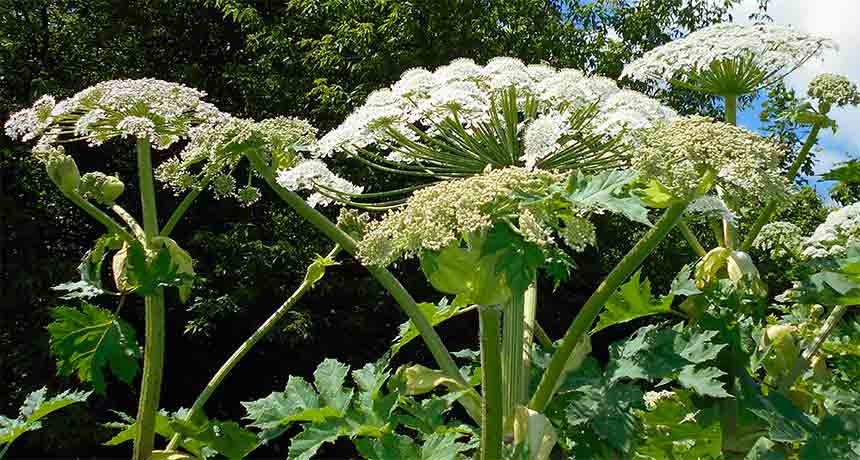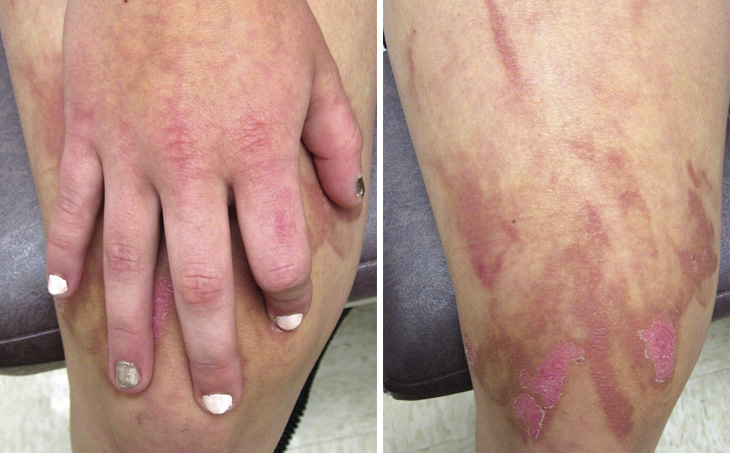What is it about hogweed — and lemons and limes — that can cause burns?
When exposed to sunlight, chemicals in the juice and sap damage DNA

SAP + RAYS = BURN The giant hogweed contains chemical compounds that, when activated by sunlight, can burn exposed skin. The plant is in the Umbelliferae family, which also counts celery, carrots, parsnip, dill and fennel as members.
Salicyna/Wikimedia Commons (CC BY-SA 4.0)








